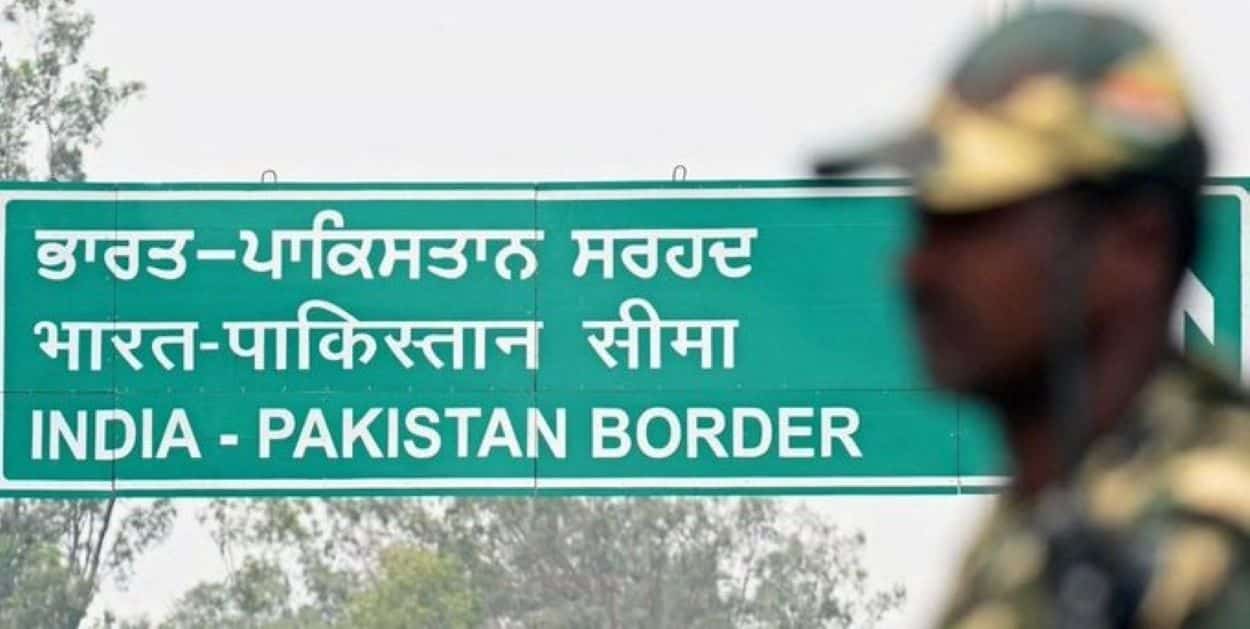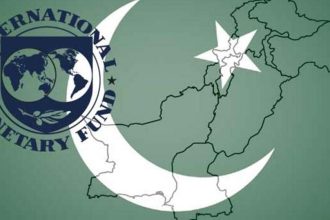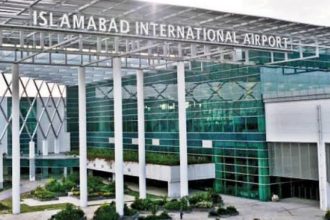Pakistan’s unexpected military prowess, showcased in Operation Bunyaan al Marsoos, caught India off guard. This led to a U.S.-brokered ceasefire on May 10, 2025, announced by President Donald Trump and confirmed by both nations’ foreign ministries.
British analyst Professor Michael Clarke, speaking to Sky News, highlighted Pakistan’s advanced Chinese technology, including J-10 jets and HQ-9 missiles, which reportedly downed Indian aircraft and destroyed a $1.5 billion S-400 system at Adampur airbase.
Clarke noted that Pakistan’s use of Chinese-made J-10 jets, potentially downing a French-made Rafale, and HQ-9 anti-aircraft missiles surprised India. “The Indians may have been surprised by the equipment that the Pakistanis used,” he said, highlighting Pakistan’s technical adoption of Chinese technology.
India has launched missile strikes on Pakistan and Pakistan-administered Kashmir in retaliation for a terror attack that India accused its neighbour of backing – which Islamabad denies. Michael Clarke joins @skynewsniall on the #Daily…
🎧➡️ https://t.co/qtOTwM2EhM pic.twitter.com/h6LAc1TJNS
— Sky News (@SkyNews) May 8, 2025The Pakistan Air Force (PAF) also claimed a major success, with hypersonic missiles from JF-17 Thunder jets destroying India’s advanced S-400 air defence system at Adampur airbase, a significant blow to India’s military capabilities.
The escalation began on May 7, 2025, with India’s Operation Sindoor, targeting alleged terrorist sites in Pakistan after the April 22 Pahalgam attack killed 26. Pakistan, denying involvement, retaliated by downing five Indian jets, including three Rafales, and 77 drones.
India’s Friday strikes on three PAF bases, Nur Khan, Murid, and Shorkot, prompted Pakistan’s Operation Bunyaan al Marsoos, hitting Pathankot, Udhampur, and other sites. Trump announced the ceasefire, effective at 5:30 p.m. PST, crediting U.S. mediation by Secretary of State Marco Rubio, though Clarke noted the U.S. response was delayed.
Clarke suggested India deploy a carrier battle group 300 miles off Karachi to signal readiness for broader conflict, aiming to “teach [General Asim] Munir a lesson.” Pakistan’s restraint, despite claims of downing more jets, and international pressure from Rubio, the G7, and others, facilitated the ceasefire. Pakistan’s Foreign Minister and India’s Ministry confirmed the truce, but water rights and Kashmir remain unresolved.






